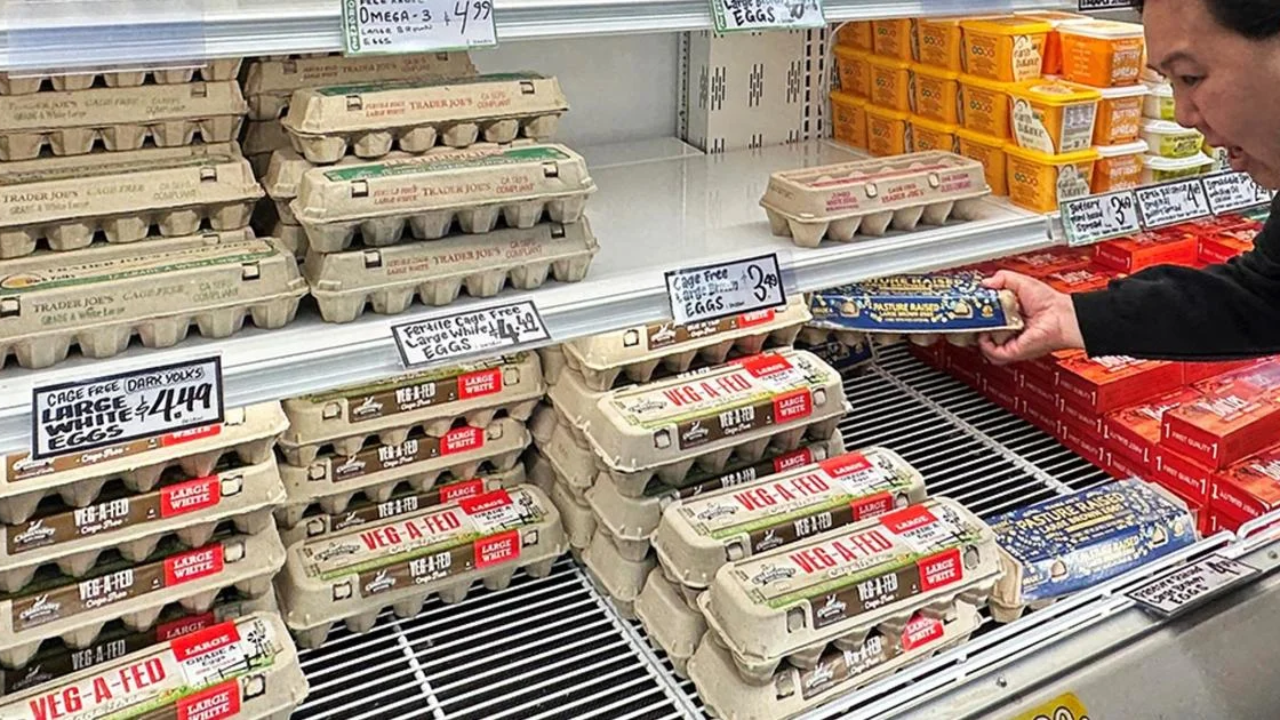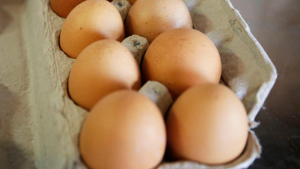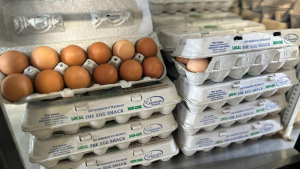In recent months, Illinois consumers have faced a significant surge in egg prices, mirroring a national trend that has strained household budgets and challenged grocery retailers.
The primary culprit behind this escalation is a severe outbreak of Highly Pathogenic Avian Influenza (HPAI), commonly known as bird flu, which has decimated poultry populations across the United States.
Impact of Avian Influenza
Since its onset in 2022, the HPAI outbreak has led to the culling of millions of egg-laying hens to contain the virus’s spread.
This reduction in the laying flock has directly impacted egg production, leading to decreased supply and increased prices.
According to the U.S. Department of Agriculture (USDA), egg prices in December 2024 were 36.8% higher than in December 2023, though still below the peak prices observed in January 2023. The USDA predicts a further increase of 20.3% in egg prices for 2025, with a prediction interval of 0.1 to 45.3%.
National and Local Price Trends
Nationally, the average price for a dozen large Grade A eggs reached $4.15 in December 2024, a significant rise from $2.52 in January of the same year.
In Illinois, consumers have reported prices ranging from $4.17 at Walmart to $4.99 at Whole Foods for the same quantity.
These elevated prices have prompted some retailers, such as Trader Joe’s, to implement purchase limits to manage demand and ensure wider customer access.
Grocery Stores’ Response
Illinois grocery stores are employing various strategies to mitigate the impact of rising egg prices on consumers.
Retailers are actively seeking alternative suppliers, including local farms, to bolster their egg inventory.
Additionally, some stores are absorbing a portion of the increased costs to prevent passing the full burden onto customers.
However, these measures are often temporary solutions, and sustained high prices may necessitate further adjustments.
Read More:
- Hawaii Tops Nation in Egg Prices: $9.73 Per Dozen and Rising!
- A Detailed Look at Ohio’s Right of Way Laws!
Consumer Adaptations
In response to escalating egg prices, consumers are altering their purchasing habits. Many are exploring substitutes such as plant-based egg alternatives or opting for other protein sources.
Some are reducing their overall egg consumption or seeking out sales and discounts to manage costs. These behavioral shifts reflect a broader trend of consumers adapting to fluctuating food prices.
Future Outlook
The trajectory of egg prices remains uncertain and is closely tied to the containment of the avian influenza outbreak. The USDA continues to monitor the situation and provides regular updates on egg market conditions.
Until the poultry industry recovers and egg production stabilizes, consumers and retailers in Illinois and beyond may continue to face challenges related to high egg prices.
Conclusion
The surge in egg prices in Illinois underscores the vulnerability of food supply chains to disease outbreaks and other disruptions.
While grocery stores are striving to manage costs and supply, the situation highlights the importance of robust agricultural practices and responsive market strategies to ensure food affordability and accessibility.
Disclaimer- Our team has thoroughly fact-checked this article to ensure its accuracy and maintain its credibility. We are committed to providing honest and reliable content for our readers.






















+ There are no comments
Add yours